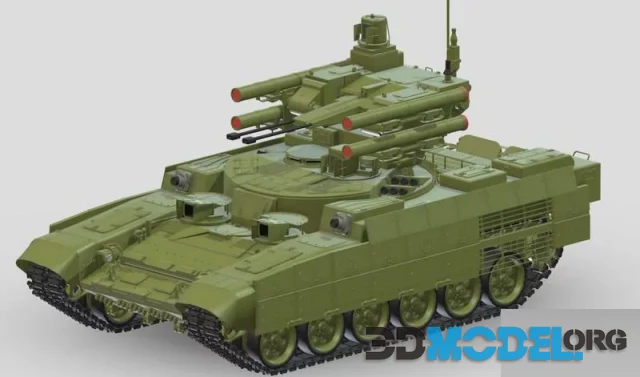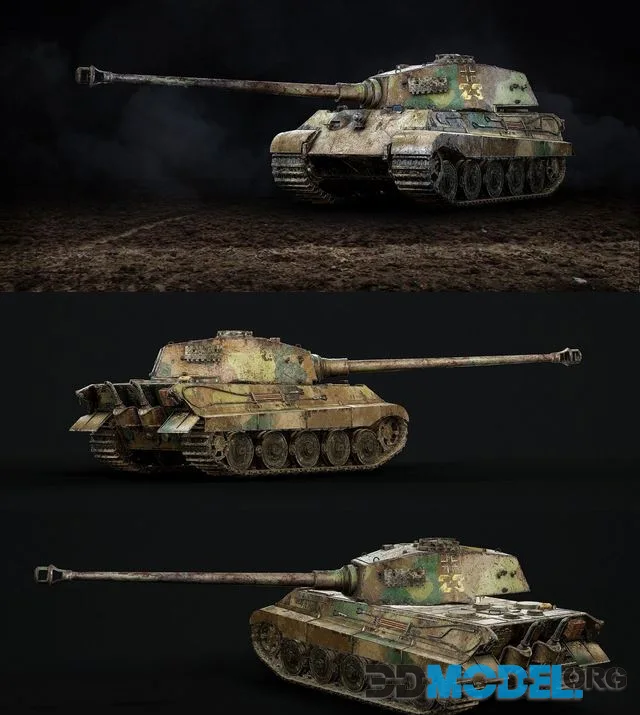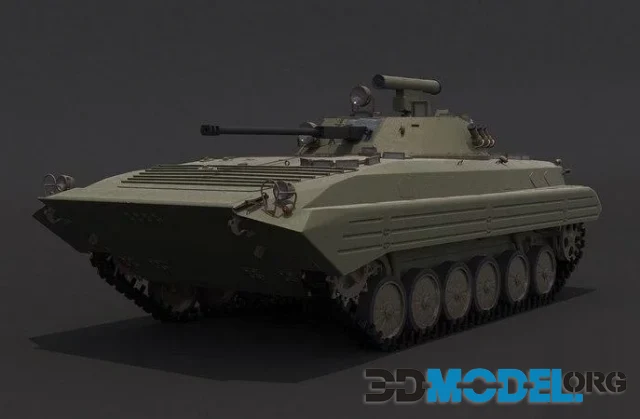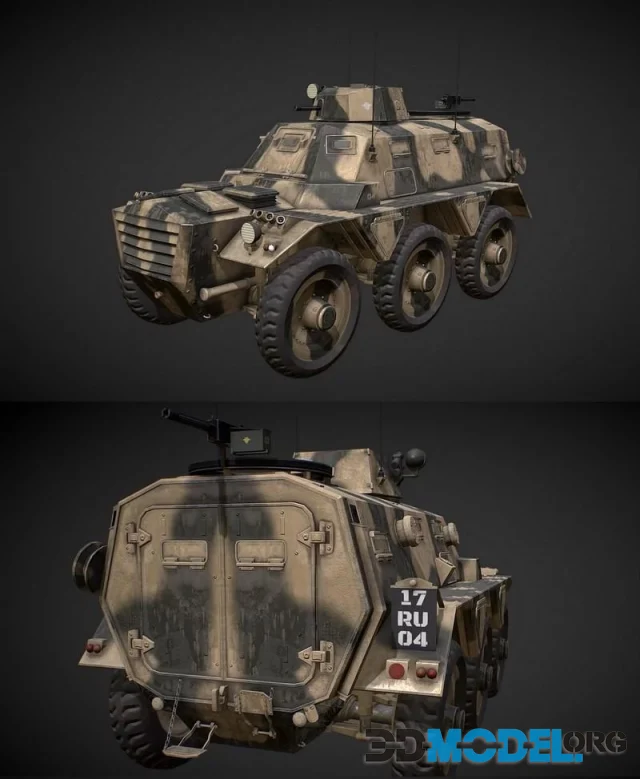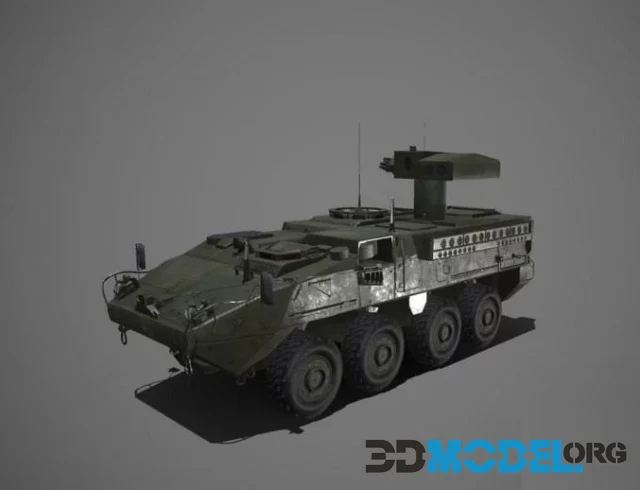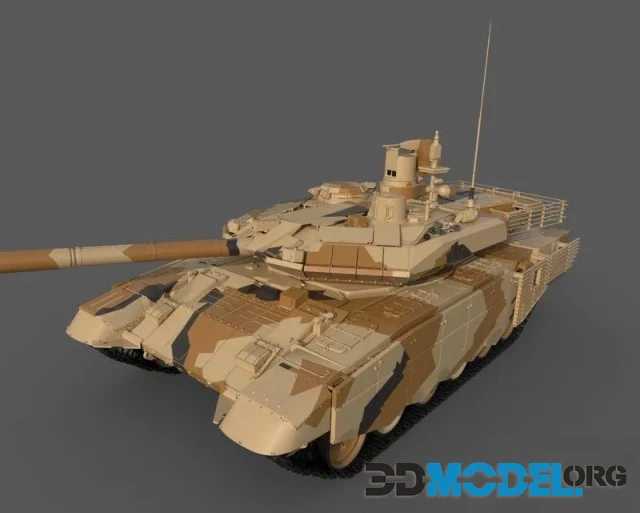Mark V Landship Tank (PBR)
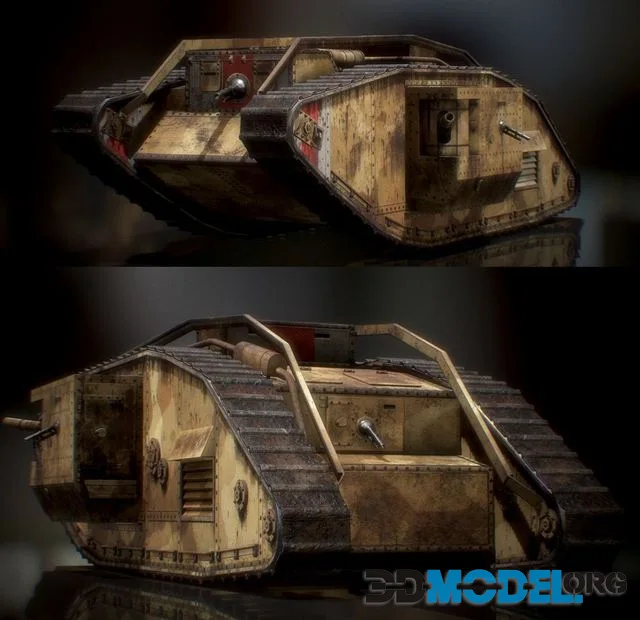
The Mark V Landship Tank, often simply referred to as the Mark V, is a British tank from World War I, renowned for its significant role in pioneering modern armored warfare. Introduced in 1918, the Mark V was an evolution of earlier tank designs, featuring various improvements in mobility, armament, and operational capability.
The exterior design of the Mark V Landship Tank is distinctive, with its rhomboidal shape that maximizes trench-crossing ability and mobility over rough terrain. The tank's hull is made of riveted steel plates, providing protection against small arms fire and shrapnel. The front features a large armored cabin for the driver and commander, while the sides are equipped with sponsons that house the main armament.
The armament of the Mark V varies by variant, but typically includes two 6-pounder naval guns mounted in the sponsons and several Hotchkiss M1909 Benét–Mercié machine guns for infantry support. The sponsons can be retracted to reduce the tank's width for transportation by rail. The Mark V comes in two primary variants: the "Male," armed with naval guns and machine guns, and the "Female," armed exclusively with machine guns for anti-infantry roles.
Under the hood, the Mark V is powered by a Ricardo six-cylinder, in-line, liquid-cooled petrol engine producing around 150 horsepower. This engine allows the tank to reach a top speed of approximately 5 mph (8 km/h). The transmission system includes a primary gearbox and a secondary epicyclic gearbox, operated by a single driver with assistance from a gear operator. The tank's tracks are designed to provide good traction over mud, craters, and other battlefield obstacles.
The interior of the Mark V is cramped and utilitarian, reflecting its primary role as a battlefield machine. The crew compartment is hot and noisy, with limited visibility. The crew consists of eight men: a commander, driver, gear operator, two gunners, and three loaders. The interior space is divided into separate compartments for the engine, transmission, and crew, with minimal ergonomic considerations compared to modern standards.
One of the standout features of the Mark V is its improved steering mechanism. Unlike its predecessors, which required complex and labor-intensive steering processes, the Mark V introduced the use of epicyclic gears that allowed the driver to steer the tank using a single lever. This innovation significantly improved the tank's maneuverability on the battlefield.
Realistic GameReady 3d-model for any projects. PBR-textures included.
File type: Max, Obj, Fbx
Ctrl
Enter
Noticed a misTake
Highlight text and press Ctrl+EnterRelated news:
Comments (0)

